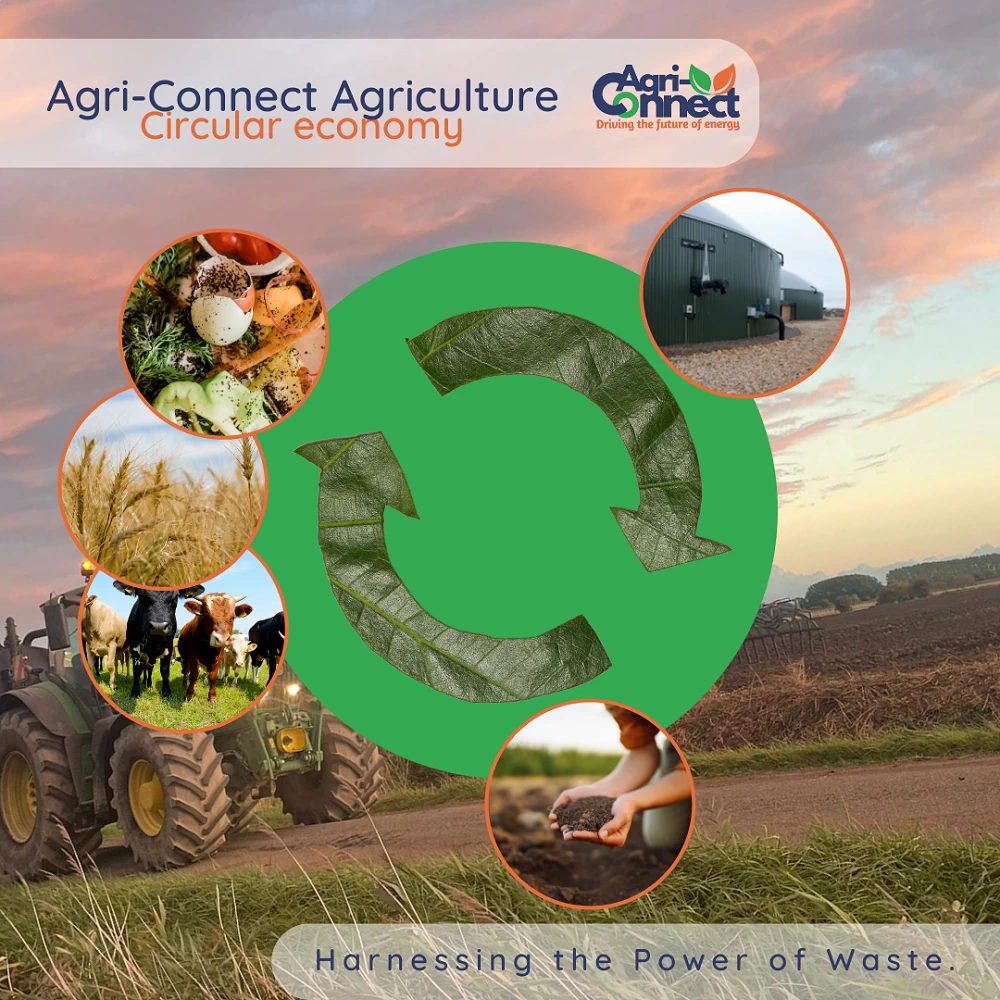What is Anaerobic Digestion?
Waste management is pivotal in creating sustainable solutions in the current era of environmental consciousness and Net Zero targets. One such solution is anaerobic digestion, a process that not only diverts organic waste from landfills but also offers numerous positive implications for waste management.
Anaerobic digestion (AD) is a natural biological process that breaks down organic materials, such as food waste, agricultural residues, and sewage sludge, in the absence of oxygen. This process occurs inside specially designed AD plants and produces biogas mainly consisting of methane and carbon dioxide.
The Biogas is subsequently either used to run combined heat and power (CHP) generators to produce electricity and heat, upgraded to biomethane to be injected into the UK gas network or compressed/liquified for use as a sustainable vehicle fuel.
Benefits of AD
AD creates many benefits, including reducing greenhouse gas emissions and diverting organic waste from landfills. In the UK, the industry has been steadily growing, and as of 2020, there are over 650 AD plants in operation, producing approximately 10 TWh of renewable energy annually.
The AD process enables a more efficient capture and treatment of the nutrients and greenhouse gas emissions from animal slurries and manures than spreading directly onto land. The remaining digestate is rich in nutrients and can be used as fertiliser.

AD can unleash the potential of otherwise low-value materials, providing a regular and sustainable source of organic material for heating and powering homes across the UK in a renewable, environmentally friendly manner.
AD plant operators rely heavily on a reliable and secure stream of organic materials to keep their operation biologically stable and their revenue optimised. This allows waste producers, farmers, and processing facilities the ability to plan and contract for their organic materials in the long term, securing guaranteed revenue.
The AD sites can utilise all manner of food waste, including off-specification, bruised, or misshapen items, ensuring that these materials are diverted from landfills and effectively turned into a valuable resource. This innovative approach helps dispose of food waste responsibly and contributes to a brighter, more environmentally friendly future by harnessing its potential to generate clean energy.

Facts
